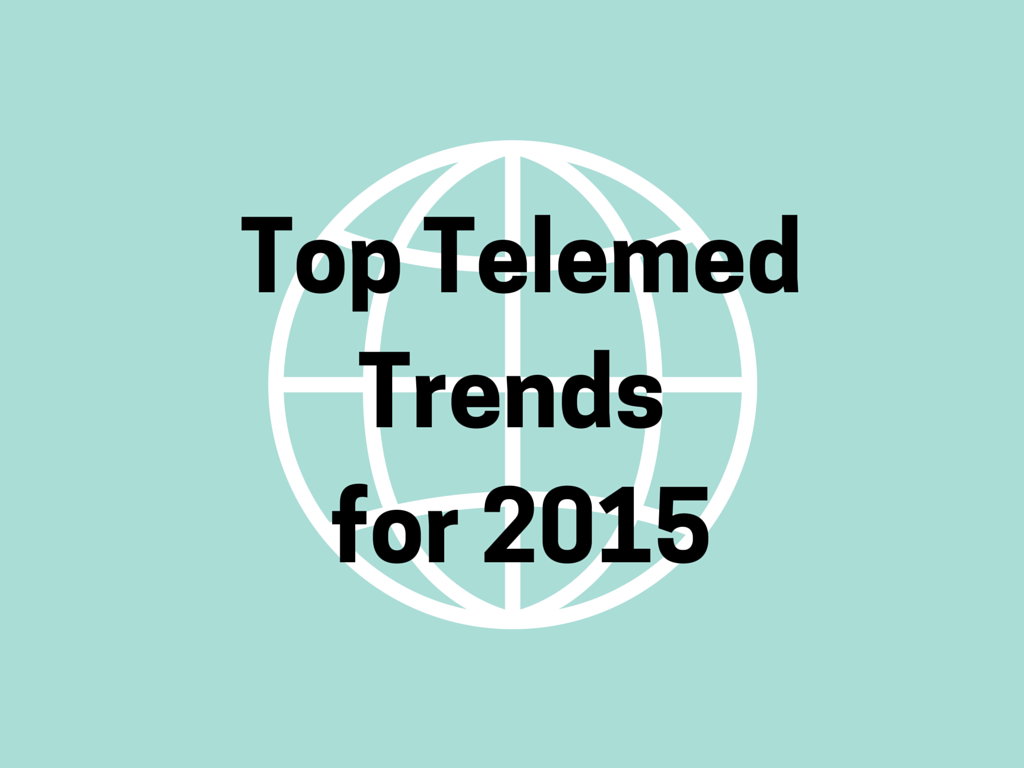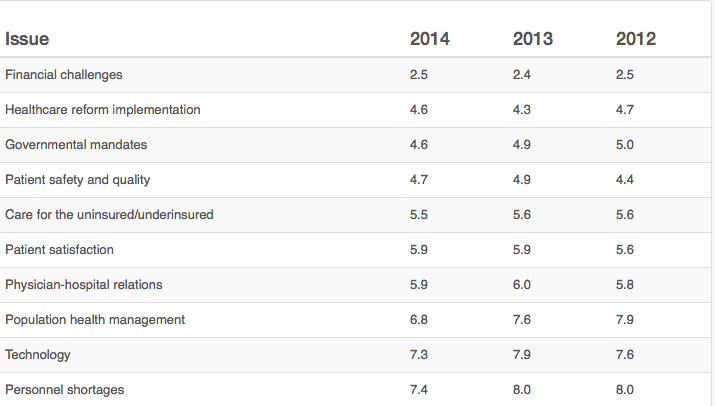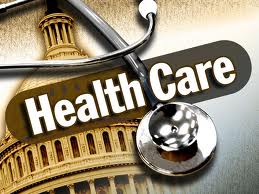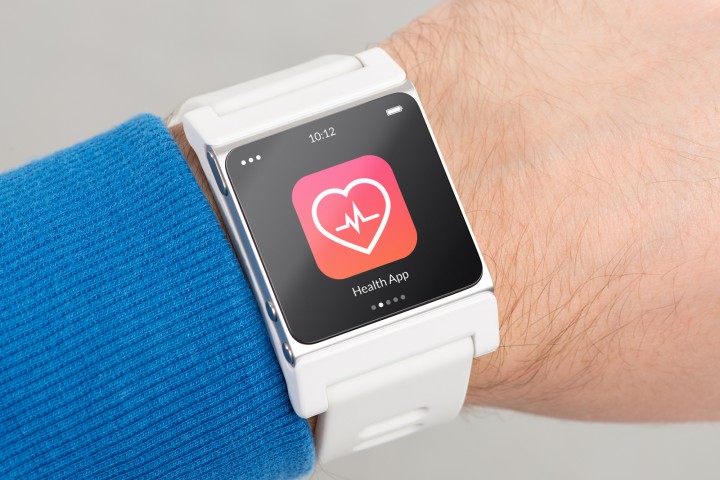What You Need to Know About HIPAA Violations
With HIPAA Phase 2 audits looming on the horizon, many organizations are gearing up for the audits with internal assessments. We've already talked about how your organization might be unwittingly violating HIPAA, but what penalties are you really facing?











